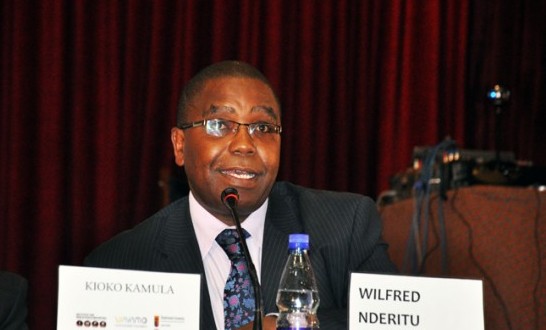by Alex Fielding, @alexpfielding on twitter
The international criminal law world has been eagerly awaiting the Charles Taylor appeal to see whether the controversial ‘specific direction’ standard for aiding and abetting liability from the ICTY’s Perisic Appeal would be followed by the Special Court for Sierra Leone (“SCSL”). The SCSL Appeals Chamber rejected Taylor’s appeal against a 50-year sentence for aiding and abetting crimes committed by Revolutionary United Front (“RUF”) and Armed Forces Revolutionary Council (“AFRC”) during Sierra Leone’s bloody civil war. The full text of the Taylor Appeal can be found here.
To recap, Perisic was acquitted because, considering his geographic remoteness from the crimes, his involvement in providing general assistance to the Bosnian Serb army, an organization with lawful and unlawful activities, was not ‘specifically directed’ towards their criminal activities.
For background on the ‘specific direction’ debate, James Stewart has strongly opposed this development here and here, and Kevin Heller provides a counterargument here.
Much has been discussed already in the blogosphere on the Taylor Appeal’s vigorous rejection of Perisic and the ‘specific direction’ requirement (see Kevin Heller on the SCSL’s incoherent and selective analysis of custom re: specific direction and Marko Milanovic’s post here).
Specific direction has been frequently misunderstood. Continue reading




